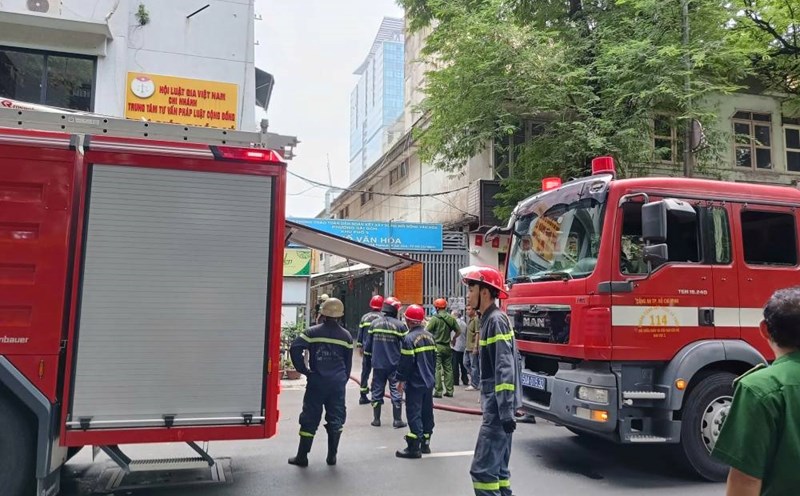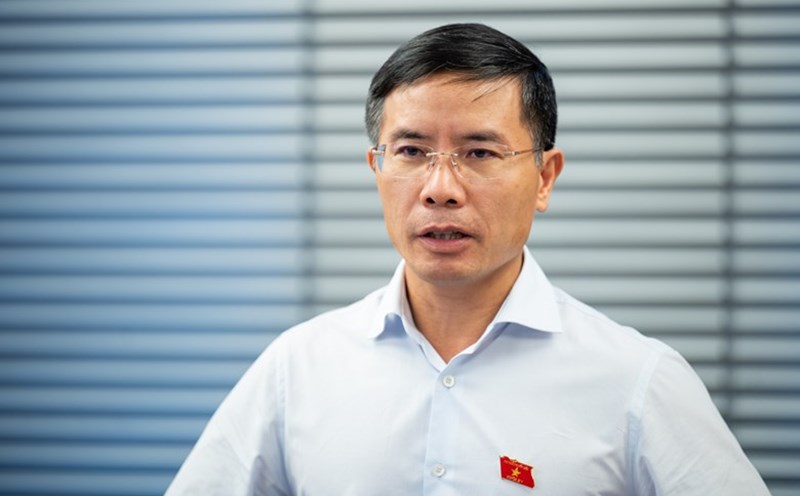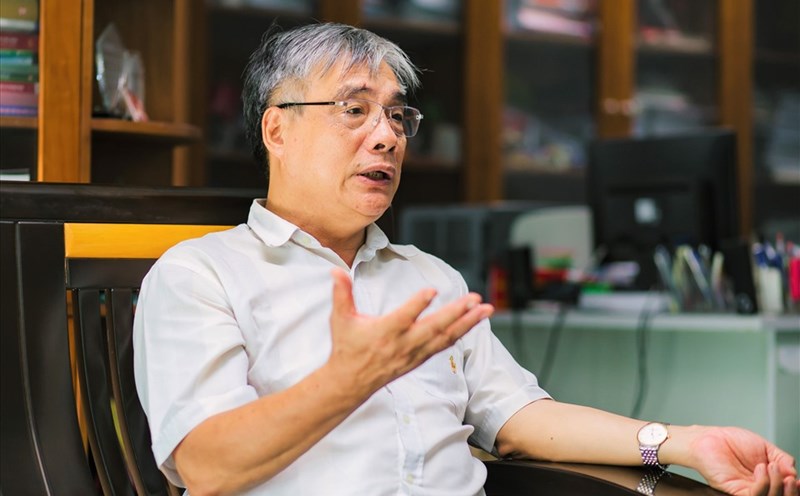In the context of increasingly deep economic integration, Vietnam's logistics needs to develop synchronously with the market expansion strategy. This requires a combination of multi-modal transportation, modernization of the port system, and support for businesses to build an effective and sustainable supply chain.
Mr. Tran Phu Lu - Director of the Ho Chi Minh City Investment and Trade Promotion Center - emphasized that green logistics is an inevitable trend, and at the same time an important criterion in assessing the sustainable development of the industry.
When integrated into the strategy, green logistics not only help businesses increase customer base, revenue and reduce operating costs, but also contribute to improving competitiveness. Currently, the Government and businesses have focused on investing in infrastructure, especially modern, environmentally friendly expressway and seaport systems, to facilitate transportation and reduce emissions.
At the same time, domestic logistics enterprises are actively innovating operating methods, expanding international cooperation and applying technology to meet increasingly strict requirements from export markets.
The development of green logistics requires units to regularly update and adjust according to practice; improve environmentally friendly means of transportation; at the same time, optimize a warehouse system using GPS and refrigeration technology to effectively store goods and save energy.
From the perspective of the association, Mr. Truong Tan Loc - Vice President of the Ho Chi Minh City Logistics Association (HLA) - analyzed that new international regulations such as the carbon border adjustment mechanism (CBAM) or the directive on business sustainability appraisal (CSDDD) are re-evaluating global carbon.
This proves that green logistics is not only a social responsibility, but has become a commercial "passport". More importantly, building a transparent, sustainable and low-emission supply chain is a sufficient condition for Vietnamese enterprises to be chosen by international buyers. Green logistics data will therefore become a performance index, enhancing brand value and negotiation capacity.
In addition, under the pressure of increasing international trade flows, the customs sector has also made breakthrough changes. Mr. Bui Tuan Hai - Deputy Head of the Customs Branch of Region II - said that the Customs sector is leading a comprehensive digital revolution. An ecosystem applying information technology has been built, becoming a core foundation for modern customs clearance activities.
In the current digital environment, to clear goods smoothly, logistics businesses need to pay special attention to some key points.
First, it is necessary to regularly update legal regulations on customs to avoid errors in declaration and documents leading to delays.
Second, the electronic declaration must be accurate and complete from the beginning, because just a small mistake can cause the system to reject it.
Third, it is necessary to effectively utilize online public services, especially 24/7 electronic tax payment to shorten customs clearance time.
Finally, businesses should closely coordinate and proactively discuss with customs authorities when there are problems, in order to handle them quickly, transparently and build trust.
Green logistics combined with customs digitalization and modern infrastructure investment are opening a path for sustainable development for Vietnamese enterprises. This is not only a global trend, but also the key to enhancing the position of Vietnamese goods on the international trade map.











